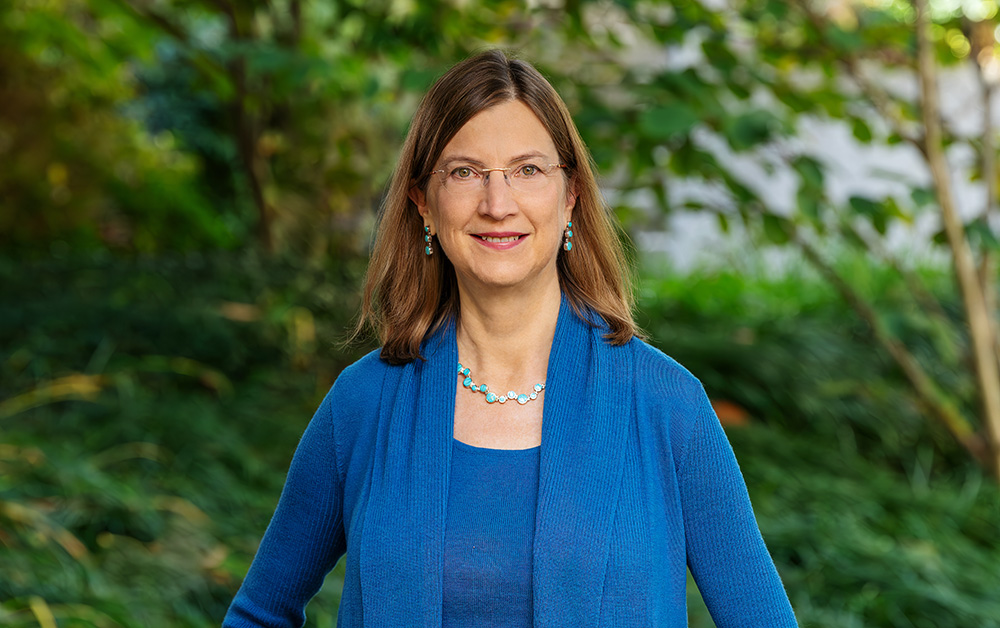Influence of emission location on the climate impact of air pollutants
Research Team: Denise Mauzerall, Vaishali Naik (postdoc), Larry Horowitz, Dan Schwarzkopf, V. Ramaswamy (GFDL scientists), Michael Oppenheimer (WWS and Geosciences professor)
We used MOZART-2 and a global radiation model to quantify the variable effect on climate resulting from emissions of anthropogenic tropospheric ozone (NOx, carbon monoxide and non-methane hydrocarbons) precursors. We found that changes in O3 production, resulting distribution and radiative forcing depend strongly on the geographical location of the reduction in precursor emissions, with reductions in the tropics having the largest effect. NOx emission reductions alone produce offsetting changes in CH4 and O3concentrations resulting in offsetting changes in radiative forcing, leaving a small positive residual forcing (warming) for all regions. In contrast, for combined reductions of anthropogenic emissions of NOx, CO, and NMHCs, changes in O3 and CH4 concentrations result in a net negative radiative forcing (cooling). Our key finding is that simultaneous reductions of anthropogenic CO, NMHCs, and NOx reduce radiative forcing resulting from emission of tropospheric O3 precursors while reductions in NOx emissions alone do not (Naik, Mauzerall, et al., 2005). This is a significant finding as preliminary policy discussions considered providing climate credit for NOx emission reductions alone due to expected reductions in O3 concentrations alone. However, our work showed that carbon monoxide and hydrocarbons must be reduced as well in order to obtain a climate benefit.
Biomass burning emissions contain more hydrocarbons than typical anthropogenic emissions. Hence, we expect a larger climate benefit to result from reductions in biomass burning than from reductions in industrial emissions of the same magnitude. We investigated the sensitivity of direct radiative forcing due to tropospheric ozone and aerosols (black carbon, organic carbon and sulfate) to a marginal reduction in their (or their precursor) emissions from major biomass burning regions. We found a small negative global direct radiative forcing results from biomass burning emission reductions due to reductions in ozone and aerosols (Naik, Mauzerall et al., 2007). However, significant regional variability exists and the effect of indirect radiative forcing and internal aerosol mixtures are areas for future research. More recent research of ours has shown that when indirect forcing and internal mixing of black and organic carbon are taken into account, on a global scale aerosols emitted from open biomass burning are unlikely to exert a positive RF (Kopp & Mauzerall, 2010).
Publications
Kopp, RE and Mauzerall DL. Assessing the climatic benefits of black carbon mitigation. Proceedings of the National Academy of Sciences, 2010.
Naik, V., Mauzerall, D. L., Horowitz, L. W., Schwarzkopf, D., Ramaswamy, V., and Oppenheimer, M., “Net Radiative Forcing Due to Changes in Regional Emissions to Tropospheric Ozone Precursors,” J. Geophys. Res., Vol. 110, D24306, doi:10.1029/2005JD005908, December 2005.
Naik, V., D. L. Mauzerall, L. W. Horowitz, M. D. Schwarzkopf, V. Ramaswamy, M. Oppenheimer, “Sensitivity of Radiative Forcing from Biomass Burning Aerosols and Ozone to Emission Location,” Geophys. Res. Lett., VOL. 34, L03818, doi:10.1029/2006GL028149, 2007.

